Description
In many countries, the local nomenclature for a veterinarian is a regulated and protected term, meaning that members of the public without the prerequisite qualifications and/or license are not able to use the title. This title is selective in order to produce the most knowledgeable veterinarians that pass these qualifications. In many cases, the activities that may be undertaken by a veterinarian (such as treatment of illness or surgery in animals) are restricted only to those professionals who are registered as a veterinarian. For instance, in the United Kingdom, as in other jurisdictions, animal treatment may only be performed by registered veterinarians (with a few designated exceptions, such as paraveterinary workers), and it is illegal for any person who is not registered to call themselves a veterinarian, prescribe any drugs, or perform treatment.
Most veterinarians work in clinical settings, treating animals directly. These veterinarians may be involved in a general practice, treating animals of all types; they may be specialized in a specific group of animals such as companion animals, livestock, zoo animals or equines; or may specialize in a narrow medical discipline such as surgery, dermatology or internal medicine. As with other healthcare professionals, veterinarians face ethical decisions about the care of their patients. Current debates within the profession include the ethics of certain procedures believed to be purely cosmetic or unnecessary for behavioral issues, such as declawing of cats, docking of tails, cropping of ears and debarking on dogs.
Etymology and nomenclature
The word "veterinary" comes from the Latin veterinae meaning "working animals". "Veterinarian" was first used in print by Thomas Browne in 1646. Although "vet" is commonly used as an abbreviation in all English-speaking countries, the occupation is formally referred to as a veterinary surgeon in the United Kingdom and Ireland and now as a veterinarian in most of the rest of the English-speaking world.
History
Ancient Indian sage and veterinarian Shalihotra (mythological estimate c. 2350 BCE), the son of a sage, Hayagosha, is considered the founder of veterinary sciences.
The first veterinary college was founded in Lyon, France, in 1762 by Claude Bourgelat. According to Lupton, after observing the devastation being caused by cattle plague to the French herds, Bourgelat devoted his time to seeking out a remedy. This resulted in his founding a veterinary college in Lyon in 1761, from which establishment he dispatched students to combat the disease; in a short time, the plague was stayed and the health of stock restored, through the assistance rendered to agriculture by veterinary science and art.
The Odiham Agricultural Society was founded in 1783 in England to promote agriculture and industry, and played an important role in the foundation of the veterinary profession in Britain.[8] A 1785 Society meeting resolved to "promote the study of Farriery upon rational scientific principles."
The professionalization of the veterinary trade was finally achieved in 1790, through the campaigning of Granville Penn, who persuaded the Frenchman Charles Vial de Sainbel to accept the professorship of the newly established Veterinary College in London. The Royal College of Veterinary Surgeons was established by royal charter in 1844.
Veterinary science came of age in the late 19th century, with notable contributions from Sir John McFadyean, credited by many as having been the founder of modern Veterinary research.
Roles and responsibilities
Veterinarians treat disease, disorder or injury in animals, which includes diagnosis, treatment and aftercare. The scope of practice, specialty and experience of the individual veterinarian will dictate exactly what interventions they perform, but most will perform surgery (of differing complexity).
Unlike in human medicine, veterinarians must rely primarily on clinical signs, as animals are unable to vocalize symptoms as a human would. In some cases, owners may be able to provide a medical history and the veterinarian can combine this information along with observations, and the results of pertinent diagnostic tests such as radiography, CT scans, MRI, blood tests, urinalysis and others.
Veterinarians must consider the appropriateness of euthanasia ("putting to sleep") if a condition is likely to leave the animal in pain or with a poor quality of life, or if treatment of a condition is likely to cause more harm to the patient than good, or if the patient is unlikely to survive any treatment regimen. Additionally, there are scenarios where euthanasia is considered due to the constraints of the client's finances.
As with human medicine, much veterinary work is concerned with prophylactic treatment, in order to prevent problems occurring in the future. Common interventions include vaccination against common animal illnesses, such as distemper or rabies, and dental prophylaxis to prevent or inhibit dental disease. This may also involve owner education so as to avoid future medical or behavioral issues.
Additionally, veterinarians can play important roles in public health and the prevention of zoonoses.
Employment
The majority of veterinarians are employed in private practice treating animals (75% of vets in the United States, according to the American Veterinary Medical Association).
Small animal veterinarians typically work in veterinary clinics, veterinary hospitals, or both. Large animal veterinarians often spend more time travelling to see their patients at the primary facilities which house them, such as zoos or farms.
Other employers include charities treating animals, colleges of veterinary medicine, research laboratories, animal food companies, and pharmaceutical companies. In many countries, the government may also be a major employer of veterinarians, such as the United States Department of Agriculture or the Animal and Plant Health Agency in the United Kingdom. State and local governments also employ veterinarians.
The COVID-19 pandemic has created a greater demand for veterinary services. Many people are home with extra time on their hands, and adoption agencies and animals shelters have seen a surge in pet purchases as a result.The American Veterinary Medical Association has provided COVID-19 resources for veterinarians on prevention measures, animal testing, and wellbeing.
If you want to read a lot more, go here: https://en.wikipedia.org/wiki/Veterinarian
- 1 refrigerated pie crust (from a 14.1-ounce box)
- 1 cup sugar
- 1/2 cup (1 stick) butter, melted
- 2 eggs
- 1 teaspoon vanilla extract
- 1/2 cup all-purpose flour
- 1/2 teaspoon salt
- 1 cup semisweet chocolate chips
- 1 cup chopped pecans
- Preheat oven to 325º. Unroll pie crust and place in a 9-inch pie plate; flute edges and set aside.
- In a large bowl, beat sugar and butter until creamy. Beat in eggs and vanilla. Add flour and salt; mix well. Stir in chocolate chips and pecans. Pour mixture into pie crust.
- Bake 60 minutes, or until center is set. Let cool before serving.
1932 – Suzy Parker, American actress (d. 2003)
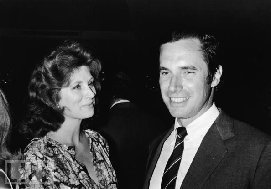
October 28th sets aside National First Responders Day to honor the men and women who act quickly when an emergency is at hand.
First responders dedicate their lives to save lives. They are the people who run toward a crisis while the rest of the world flees. According to the Department of Homeland Security, 4.6 million career and volunteer first responders support the communities where they live. They are firefighters, police, emergency medical technicians (EMT), and paramedics. In an emergency, they’re the first on the scene. These dedicated professionals answer the call when a crisis arises, often putting their own lives on the line.
Serving as a national day of gratitude, we pay tribute to their endless hours and around the clock service provided to their communities. As one of the most dangerous jobs in the country, the day also pays tribute to the fallen first responders. According to the CDC, 97 firefighters and 155 police officers die each year in the line of duty. Additionally, their rate of occupational injury is higher than the national average. Often, the very people saving lives are our neighbors, friends and family members. And their families know the price they pay for their dedication to the job.
And even though they are an integral part of our communities, their sacrifices go beyond the hours they work. They face high stress, often daily. The trauma they see wears on them both mentally and physically. Many experience Post Traumatic Stress. Long periods away from family add stress to their relationships, too.
National First Responders Day is also a call for action. First responders deserve our support. Through resources and awareness, first responders can live healthier more productive lives and pass their knowledge and skills on to the next generation of first responders, too.
Today is also........
How is chocolate made?
- Unsweetened baking chocolate – cocoa solids and cocoa butter in varying proportions.
- Sweet chocolate – cocoa solids, cocoa butter or other fat and sugar.
- Milk chocolate – sweet chocolate with milk powder or condensed milk.
- White chocolate – cocoa butter, sugar, and milk but no cocoa solids.









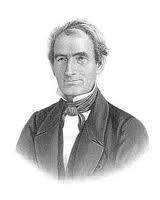

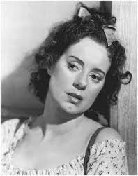
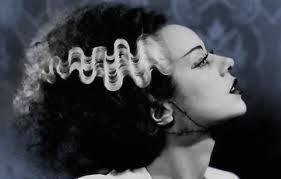
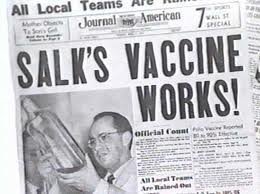
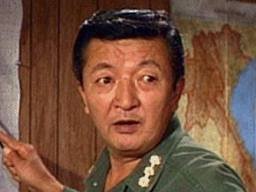







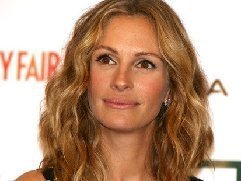
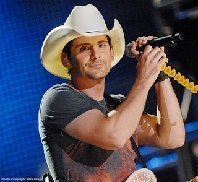


1 comment:
My mother's birthday is today. She would have been 98. Looks like she was in good company with people born on this date. Funny because her favorite dessert was Arkansas Chocolate Pie. My Aunt Skeeter's recipe. :)
XOXO Trisha
Post a Comment